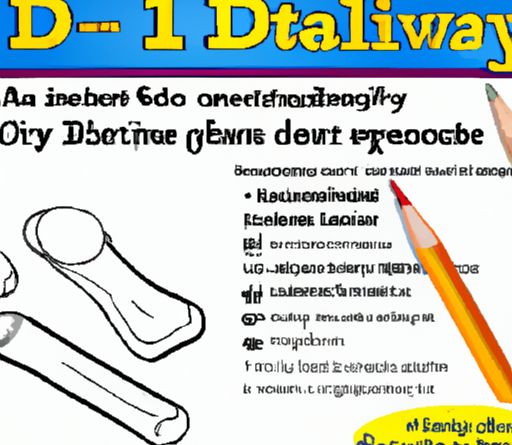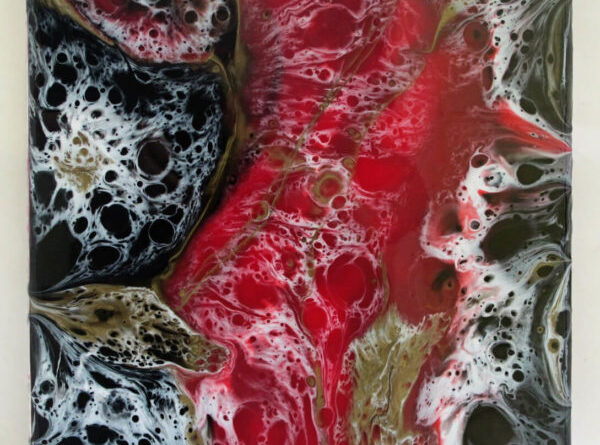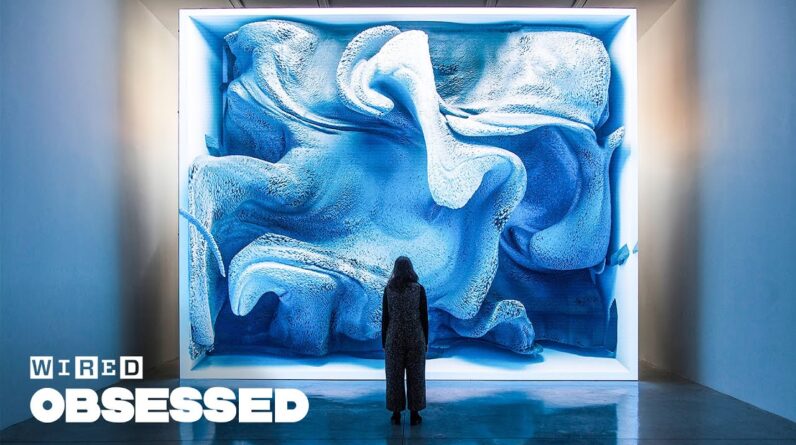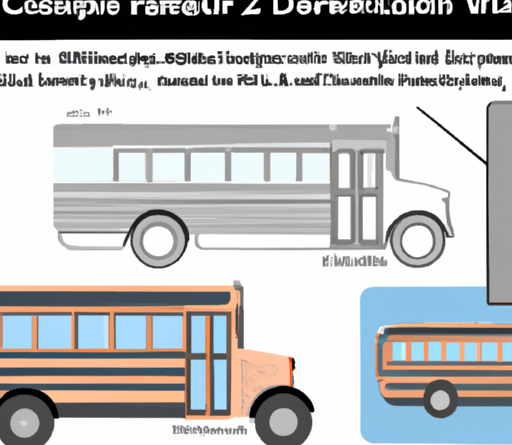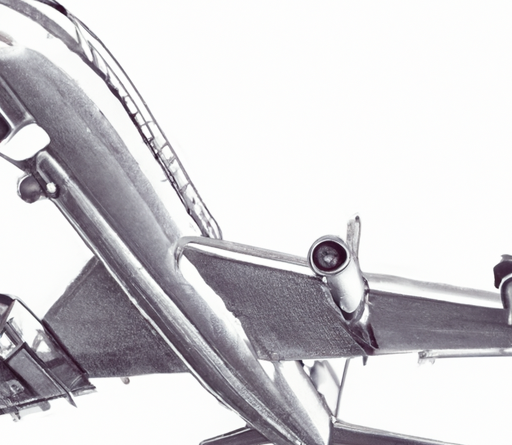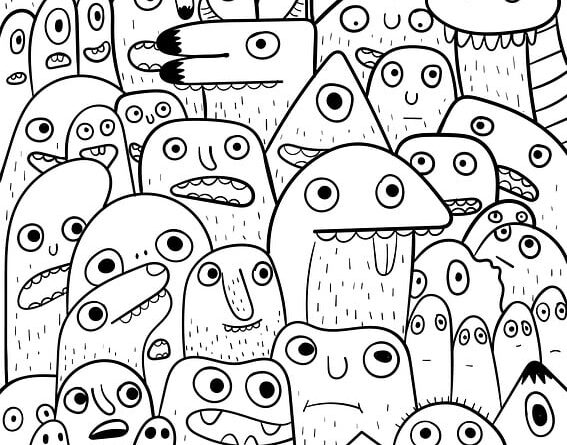
Have you ever wondered how to draw a cartoon character? Whether you’re an aspiring artist or just want to have some fun doodling, learning how to draw a cartoon character can be both a rewarding and entertaining experience. In this article, we’ll guide you through the process step by step, so even if you’re a beginner, you’ll be able to create your own unique cartoon characters in no time. So, grab your pencils and let’s get started!
First things first, let’s talk about what you need to get started on your cartoon character drawing journey. You’ll need some basic drawing materials like paper, pencils, erasers, and maybe some colored pencils or markers if you want to add some color to your creation. Don’t worry if you don’t have all the fancy art supplies, you can still create amazing cartoons with just a pencil and paper. We’ll be using simple shapes and lines to create our characters, so there’s no need to worry about complex techniques. In the next paragraphs, we’ll dive deeper into the step-by-step process of creating your cartoon character, from brainstorming ideas and creating a rough sketch to adding details and bringing your character to life. So, stay tuned and get ready to unleash your creativity!
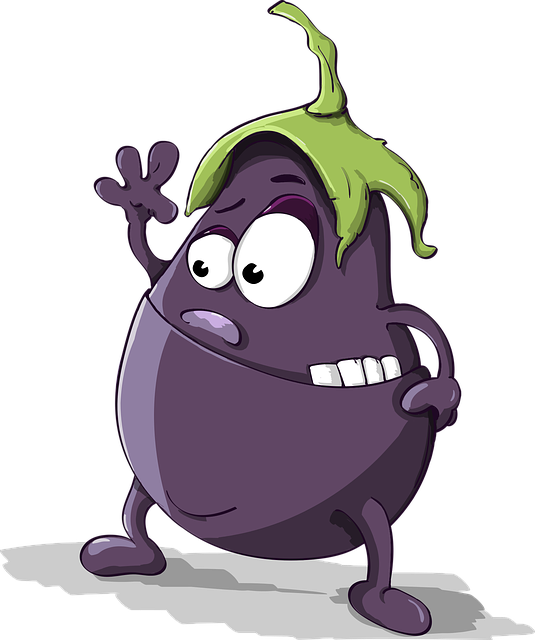
Table of Contents
How to Draw a Cartoon Character
If you have ever admired the colorful, imaginative world of cartoons and wondered how to bring your own character to life, this article will guide you through the process step-by-step. Drawing a cartoon character requires a combination of creativity, observation, and practice. Whether you are a beginner or have some experience in art, this tutorial will help you develop your skills and create your very own unique character. So, grab your pencil and let’s dive in!
Exploring Different Cartoon Characters
Before you start creating your own cartoon character, it’s important to explore and analyze existing cartoon characters. This will help you understand different art styles, poses, and personalities. Take some time to watch cartoons, read comic books, and browse through artwork online. Pay attention to the lines, shapes, and colors used to depict different characters, and try to identify what makes them appealing.
Considering Your Drawing Skills
When choosing a cartoon character to draw, it’s important to consider your drawing skills. If you are a beginner, start with simpler characters that have basic shapes and fewer details. As you gain confidence and practice, you can gradually move on to more complex characters. Remember, practice makes perfect, so don’t be afraid to start small and gradually challenge yourself.
Identifying a Character that Resonates with You
To create a successful cartoon character, you need to connect with it on a personal level. Think about the qualities and traits that resonate with you. Consider the character’s personality, backstory, and overall appearance. Is it funny, adventurous, or cute? The more you connect with your character, the easier it will be to bring it to life on paper.

Gathering Reference Materials
Before diving into the drawing process, it’s essential to gather reference materials to help you throughout the process. Research existing cartoon characters that are similar to the one you want to create. Collect character sketches, images, and even screenshots from cartoons or comics that inspire you. This will serve as a visual guide and help ensure that your character stays consistent and cohesive.
Researching Existing Cartoon Characters
Start by researching existing cartoon characters that are similar to the one you want to create. Look for characters with similar personalities, traits, or art styles. Take note of their proportions, facial features, and the way they are drawn. This research will give you a solid foundation to build upon.
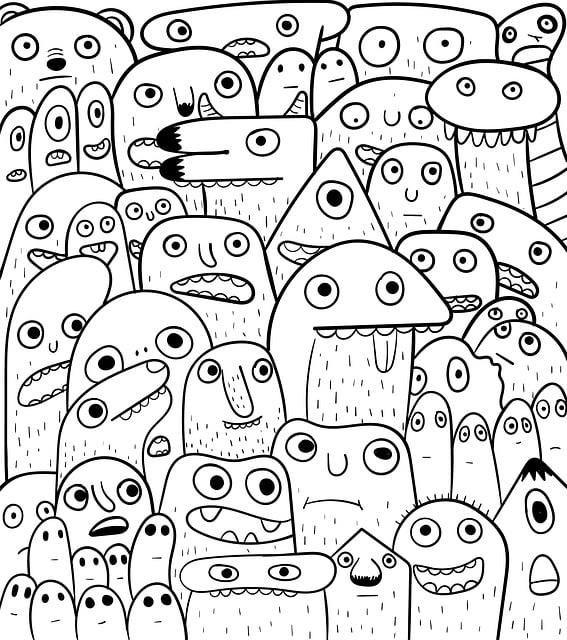
Collecting Character Sketches and Images
Once you have gathered references of existing characters, start collecting character sketches and images. Look for rough sketches that show the character from different angles. Examine how the character is depicted in various poses and expressions. These sketches will help you understand the anatomy and proportions of your character.
Analyzing Different Art Styles
As you collect reference materials, take some time to analyze different art styles used in cartoons and comics. Pay attention to the linework, shading techniques, and use of colors. Consider how these styles can be incorporated into your own character. Experimenting with different art styles will allow you to find your own unique approach and make your character truly stand out.

Developing Your Artistic Techniques
Once you have gathered your reference materials and have a good understanding of cartoon anatomy, it’s time to focus on developing your artistic techniques. Building a solid foundation of drawing skills is essential for creating a well-executed character. Here are some techniques to practice:
Practicing Basic Drawing Skills
Start by practicing basic drawing exercises to improve your overall skills. Draw simple shapes, lines, and curves to get comfortable with your pencil. Experiment with different pressures and strokes to achieve different effects. Practice drawing with both your dominant and non-dominant hand to improve your coordination.
Studying Cartoon Anatomy
Understanding cartoon anatomy is crucial for creating a believable character. Study how different body parts are simplified and exaggerated in cartoons. Pay attention to the proportions and the way facial features are depicted. Practice drawing different body parts separately to familiarize yourself with their shapes.
Experimenting with Various Facial Expressions
Facial expressions play a vital role in conveying emotions and bringing your character to life. Practice drawing different expressions such as happiness, sadness, anger, and surprise. Analyze how different features, such as eyebrows, eyes, and mouth, contribute to each emotion. Experiment with different combinations and exaggerations to create unique expressions for your character.
Creating the Character’s Outline
Now that you have developed your artistic techniques, it’s time to start creating your character’s outline. This step lays the foundation for the rest of the drawing process. Here’s how to approach it:
Sketching the Basic Shapes
Begin by sketching the basic shapes that make up your character. Start with simple geometric shapes such as circles, ovals, and rectangles. These will act as a guide to help you establish the overall structure and proportions of your character.
Defining the Proportions and Pose
Next, refine the initial shapes to establish the proportions of your character’s body. Pay attention to the length of limbs, the size of the head, and the placement of various body parts. Experiment with different poses to give your character a sense of movement and personality.
Adding Details to Enhance the Personality
Once the basic structure and proportions are in place, start adding smaller details to enhance your character’s personality. Add facial features, such as eyes, nose, and mouth, to give your character expression. Consider adding unique features and accessories to make your character stand out.

Adding Color and Shading
Now that you have created your character’s outline, it’s time to add color and shading to bring it to life. Here’s how to approach this step:
Choosing a Color Palette
Select a color palette that suits your character’s personality and the overall mood you want to convey. Consider using warm colors for friendly and lively characters, and cooler colors for more subdued or mysterious characters. Experiment with different combinations to find the right balance.
Applying Base Colors
Start by applying the base colors to your character. Use light strokes to fill in different areas, taking care to stay within the lines. Keep your colors consistent and make sure they complement each other. Don’t be afraid to add shadows or highlights at this stage to give your character dimension.
Adding Highlights and Shadows
To add depth and dimension to your character, focus on adding highlights and shadows. Determine the light source and think about how it would interact with your character. Use lighter shades to highlight areas that catch the light, and darker shades to create shadows. This will make your character appear more three-dimensional.
Adding Personality and Style
Once you have added color and shading, it’s time to focus on adding personality and style to your character. Here’s how to approach this step:
Developing Character Traits
Think about the personality and traits of your character and how they can be reflected in its appearance. Is your character playful, serious, or adventurous? Consider how these qualities can be portrayed through facial expressions, body language, and overall design.
Experimenting with Clothing and Accessories
Clothing and accessories can play a significant role in defining your character’s style. Experiment with different outfits and accessories that reflect your character’s personality. Consider the colors, patterns, and textures that best represent your character’s individuality.
Customizing the Art Style
Experiment with different art styles to give your character a unique look. Play with different linework techniques, shading styles, and even mixed media. Don’t be afraid to incorporate your own artistic style into your character, making it truly one-of-a-kind.
Refining the Details
Now that you have established the overall look of your character, it’s time to refine the details. Pay attention to the smaller features and make sure they are consistent with the character’s style. Here’s how to take your character to the next level:
Refining the Character’s Features
Take some time to refine the character’s features, such as the eyes, nose, and mouth. Pay attention to the smaller details that make your character unique. Ensure that the facial features are symmetrical and consistent with the overall style of the character.
Polishing the Line Work
Go over your character’s outline and clean up any stray lines or rough edges. Use steady and confident strokes to define the lines and give your character a polished look. Pay attention to the line weight, making bolder lines for the outline and thinner lines for details.
Smoothing Out Shapes and Lines
Check your character’s proportions and shapes, making sure everything looks balanced and smooth. Refine any areas that need adjustment, such as limbs, hands, or feet. Take your time to perfect the overall look of your character.
Making the Character Stand Out
To make your character truly stand out, you need to focus on creating unique features and injecting personality. Here’s how to make your character more memorable:
Creating Unique Features
Think about what makes your character different from others. Consider adding unique physical features, such as distinct hairstyles or unusual accessories. These unique elements will help your character stand out from the crowd.
Utilizing Contrast and Visual Interest
Play with contrast to make your character visually interesting. Experiment with different color combinations to create a vibrant and eye-catching appearance. Consider how different patterns, textures, and shapes can add visual interest to your character.
Injecting Humor or Quirkiness
Don’t be afraid to inject humor or quirkiness into your character. Add elements that make people smile or laugh, such as exaggerated facial expressions or funny accessories. Adding a touch of humor will make your character more relatable and appealing.
Creating Background and Surroundings
To complete your character’s story, it’s important to create a suitable background and surroundings. Here’s how to approach this final step:
Designing a Suitable Environment
Consider the setting in which your character exists. Is it a city, a forest, or a fantasy world? Design a background that complements your character’s personality and story. Pay attention to details such as buildings, trees, or other elements that make the environment come to life.
Adding Props and Elements
Enhance your character’s surroundings by adding props and elements that help tell its story. Consider objects and accessories that align with your character’s interests or activities. These props will add depth and context to your character’s world.
Incorporating Depth and Perspective
To convey depth and perspective in your drawing, use techniques such as overlapping objects, vanishing points, and varying line thickness. This will make your character and surroundings appear more three-dimensional and visually compelling.
Conclusion
Congratulations! You have completed the process of drawing your own cartoon character. By following this step-by-step tutorial, you have developed your artistic skills, created a unique character, and brought it to life on paper. Embrace your creativity and imagination, and continue to experiment and refine your artistic techniques. Remember, drawing a cartoon character is not only about the end result but also about the joy of the creative process. So, keep exploring, keep practicing, and let your imagination soar!


